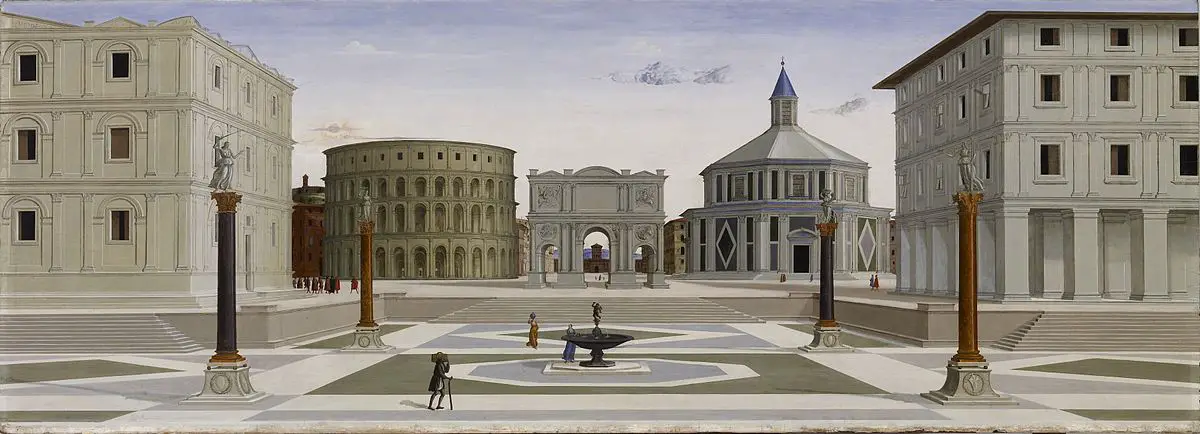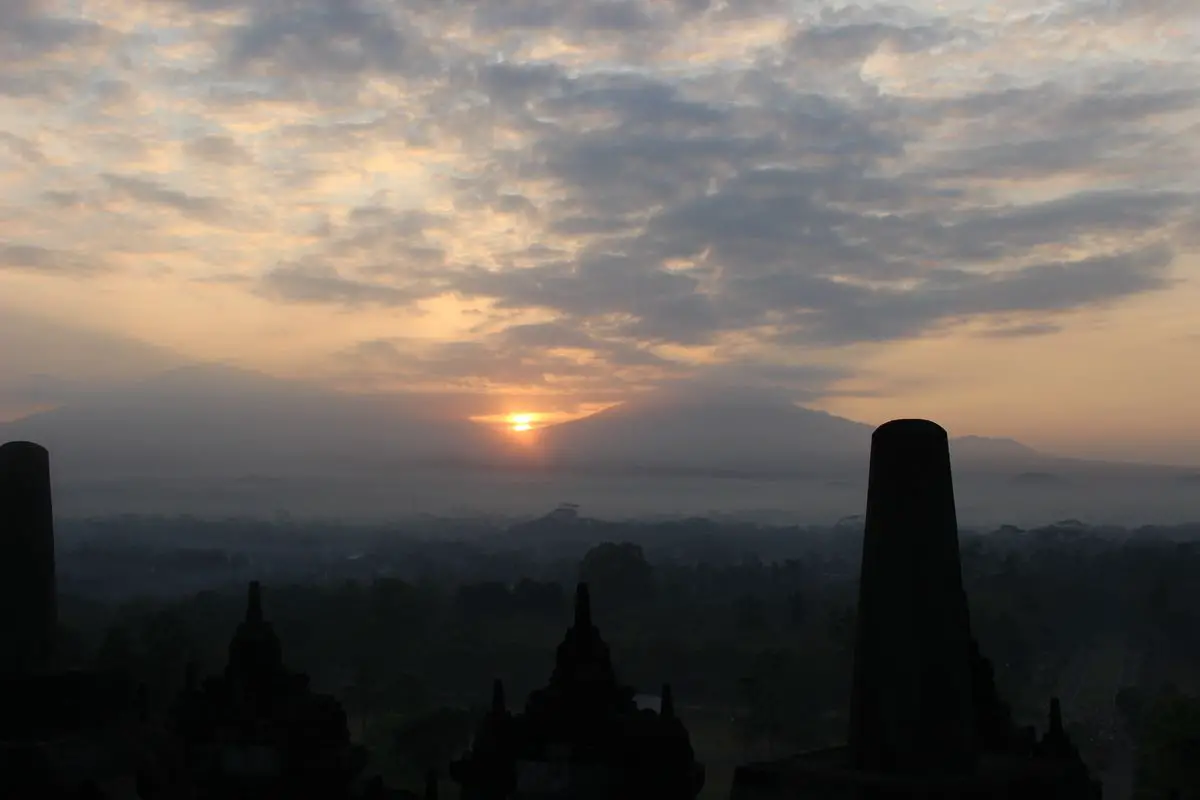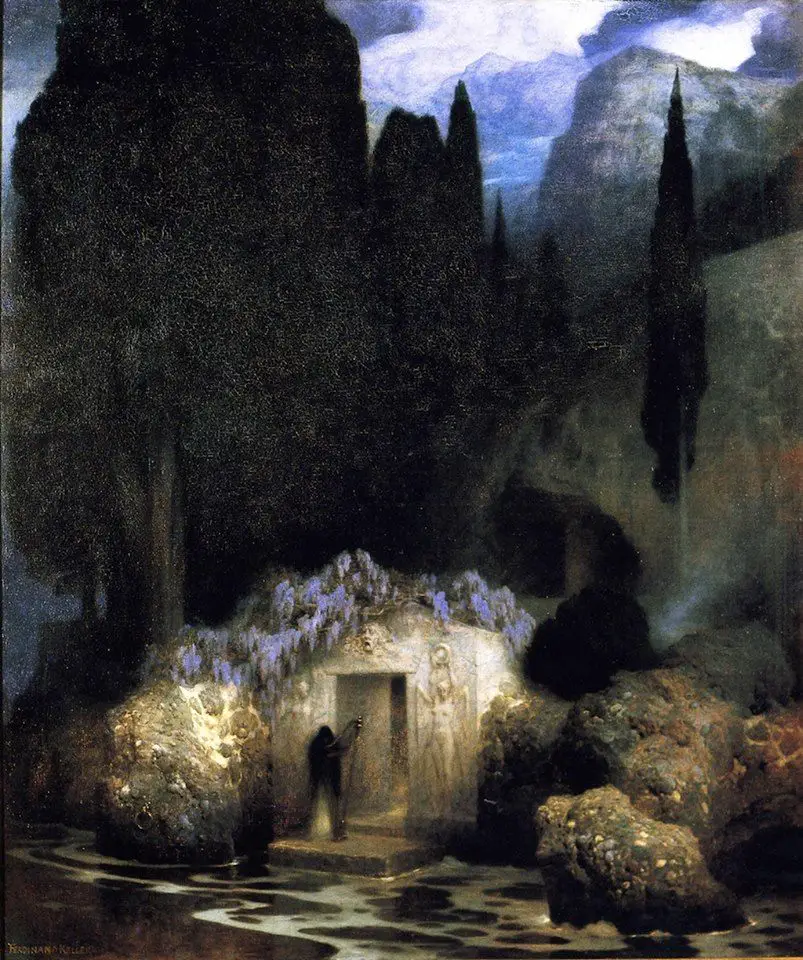Tag: Centro
The Heart and the Vulva: a journey into common symbols
This article aims to investigate the analogies between some of the preeminent symbolic and esoteric values of the heart and the female genital organ. In the different traditions of human history and, not infrequently, even in mere common language, the two organs, in fact, have often been associated with the same symbolic representations, such as those of the triangle with the apex down, the vase and the cave. Representative communities, these, which cannot but intuitively refer to a common area of meanings.
Akītu, the Babylonian New Year, and the updating of the Sacred
Through the mythical re-actualization of the clash between the god Marduk and the "sea monster" Tiamat, the Akītu was configured, in the final analysis, following the studies of Mircea Eliade, as a collective rite of passage: at the beginning of the new year, through the ritual and recitation of the ancient cosmogonic poem Enûma Elish, time and space were "refounded".
Borobudur, "imago mundi" and "stone book" of the dharma
We went to Java to visit Borobudur, the largest Buddhist temple complex in the world: an unmissable opportunity to deepen its sacred architectural symbolism, following in the footsteps of scholars such as Stutternheim, Paul Mus and Mircea Eliade.
Apollo / Kronos in exile: Ogygia, the Dragon, the "fall"
di Marco Maculotti
cover: Ferdinand Keller
Here we aim to bring to a conjunction some cycles of articles published so far in this first year of activity of AXIS world: the cycle concerning i Cosmic-agrarian cults of ancient Eurasia, the one focused on the question of Time and cosmic cycles and finally the series of lectures by M. Ruzzai on the Myth of the polar and hyperborean origin of humanity.





